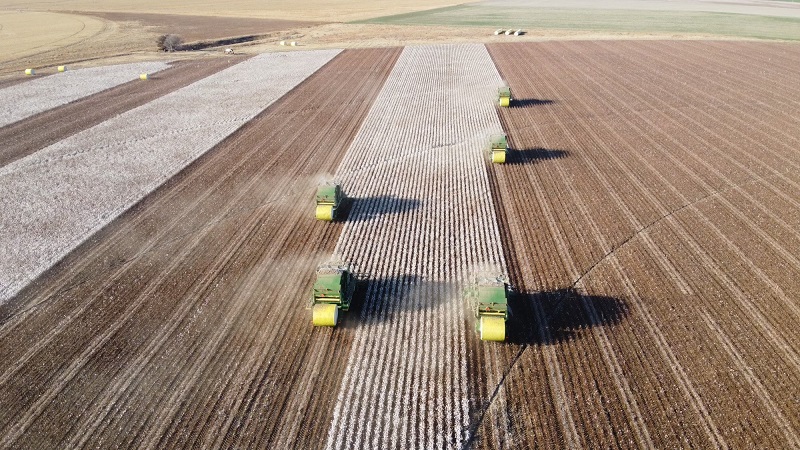Cotton Concerns: Ag Retailers Helping Growers Navigate Dicamba Dilemma
For cotton growers, 2020 wasn’t looking that bad. Back in early June, ag retailers and their grower-customers in this sector reported that plantings nationwide were nearly 70% — a far cry from the 2019 figure, when major sections of the country were still recovering from virtually non-stop rains that began a few months earlier.
Although the coronavirus pandemic was also raging at this time, cotton – like most row crops – continued without much interruption. In fact, as early June rolled in, many ag retailers and their grower-customers in cotton were busy preparing to combat expected weed pressures, as Dr. Larry Steckel, Extension Weed Specialist for the University of Tennessee, pointed out. “These applications are often critical to not only curtail weed competition, but to combat thrips injury as well,” said Steckel in an article for Cotton Grower. “The biggest concern with these applications is injury to the young cotton plants.”
Traditionally, the main pesticides applied are a mixture of glyphosate plus either Dual, Outlook or Warrant plus acephate. But Steckel cautioned that herbicides, which contain a good surfactant in glyphosate with the oil formulations of the chloracetamide herbicides, can burn young cotton leaves. “The typical cotton injury from those mixtures will range from 10% to 20%,” he said.
The Dicamba Decision
Along with glyphosate and companion products, cotton growers in recent years have also relied on dicamba-tolerant crops to combat troublesome weeds. In fact, according to USDA statistics, approximately 60 million acres of dicamba-tolerant cotton and soybeans were planted in the U.S. during the 2020 spring season.
Then came June 3. On that date, a three-judge panel of the U.S. Court of Appeals for the Ninth Circuit vacated the registration of the XtendiMax (Bayer), FeXapan (Corteva) and Engenia (BASF) dicamba herbicides. The landmark ruling was on a lawsuit brought by National Family Farm Coalition, Center for Food Safety, Center for Biological Diversity, and Pesticide Action Network North America. The petitioners had argued that the EPA’s decision violates both FIFRA and the Endangered Species Act, 16 U.S.C. § 1536(a)(2).
“We hold that the EPA’s Oct. 31, 2018, decision, and the conditional new-use registrations of XtendiMax, Engenia, and FeXapan for use on dicamba-tolerant soybean and cotton that are premised on that decision, violate FIFRA,” the court said in a released statement.
Naturally, the cotton industry did not agree with this decision. South Georgia Consultant Wes Briggs characterized the ruling as a potential “disaster,” putting cotton producers in a bind. “If growers were to have to pivot to other herbicides, Liberty (glufosinate) in particular, there will likely not be enough in the pipeline to meet demand not only in Georgia, but also across the Cotton Belt,” he said.
In response to the panel’s opinion, National Cotton Council (NCC) President/CEO Gary Adams stated that the U.S. cotton industry would support an appeal of the decision. Adams noted that the NCC had worked closely with EPA, other stakeholders and the cotton industry’s agribusiness allies to ensure the availability of dicamba herbicides which are “a major component of weed resistance management, especially against Palmer amaranth.”










